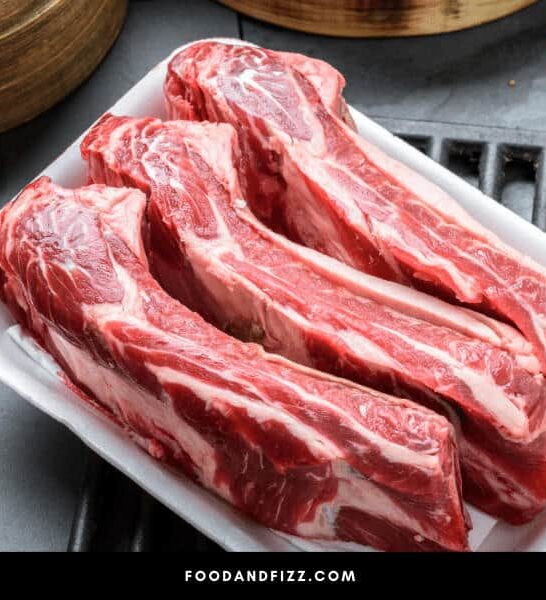Mexican beef originated in Mexico. It is a type of processed meat. Mexican beef is distinguished because it constitutes a mixture of different beef cuts, including short ribs, chuck, and sirloin tip roast. This mixture was made to attain enough fat content and make the meat flavorful at an affordable price.
It can be made from other types of meat like goat, chicken, and cow. You can serve Mexican beef with rice and beans. Mexican beef is less fatty and leaner as compared to American beef because the cattle are fed on hay, corn, and grass. The cattle are not given any grains, which makes the meat less fatty.
Is Mexican Beef Safe?
Mexican beef is flavorful. It is rich in essential nutrients and vitamins like vitamin B12, zinc, iodine, and iron. The meat products produced in Mexico are safe and healthy. This is because food safety is ensured through peculiar monitoring systems. The animals are not injected with fattening injections like ractopamine. With that, Mexico applies strict checking processes to check how the animals are slaughtered; they also keep a check on what the animals are fed, where the animals came from, and how the packaging is done.
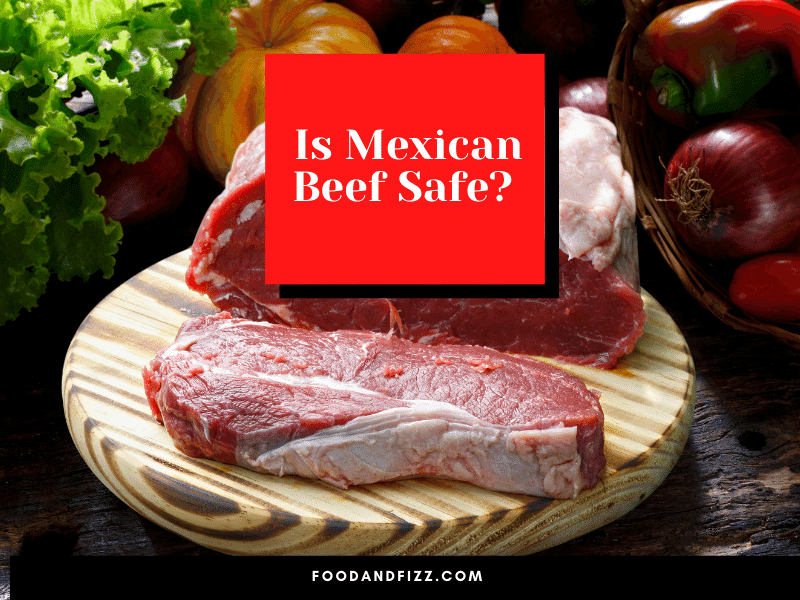
What Are the Important Aspects to Ensure the Safety and Quality of Beef?
What Are Animals Being Fed?
One of the primary aspects of ensuring that you are consuming safe meat is the animal’s feed. It is mandatory to ensure that animals are not given any fattening injections, antibiotics, steroids, etc. The cattle in Mexico are mostly fed on molasses in feedlots.
The cattle are mostly fed with corn, hay, and primary grass. Due to this, there are less fats in the meat of these animals. Veterinarians and nutritionists ensure that the animals are given a balanced diet, and they also provide individual care to the animals.
How Are The Animals Treated?
It is important to ensure that the animals are kept in a healthy environment. In Mexico, pen riders make sure about animals’ health, safety, and well-being. They keep a check on the eating and drinking habits of animals.
The veterinarian looks after them and look for any signs of illness. Cattle caregivers are given proper instructions to provide adequate care and handling to animals.
Animal Care and Health
Mexico applies monitoring systems. They ensure that a safe and comfortable environment is provided to the cattle. Animals are slaughtered in Federal Inspection Type (TIF), and the whole process is conducted by inspection of authorized personnel.
A proper health plan is made for animals. They ensure that appropriate space is provided for animals to roam around and socialize.
Moreover, a proper vaccination process for animals is organized to prevent infectious diseases. The cattle are treated to remove parasites like flies, ticks, etc. And The Beef Quality Assurance (BQA) provides appropriate resources and education to the farmers about the health and management of cattle.
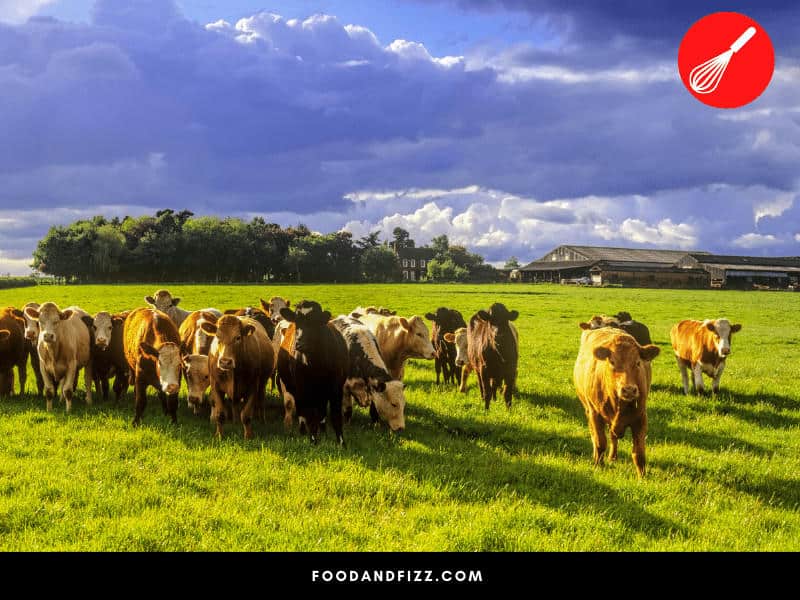
Mexican Beef Recipes
Beef Barbecue
You will need the following ingredients:
- 1 kg beef brisket
- 1 tablespoon oil
- 1 teaspoon mustard paste
- 1 tablespoon oregano
- salt to taste
- 1 medium-sized onion
- 4 garlic cloves
- 1 tablespoon coriander paste
- 1/2 cup apple cider vinegar
- 1 teaspoon black pepper
- 4 teaspoon soy sauce
- 1-2 green chilies
Heat up your frying pan, make sure that the flame is low, season the beef with olive oil, salt, and black pepper, and leave it to cook until the color changes. After that, keep the pan aside.
Transfer the half-cooked meat into a cooker, keep the flame low, and add all the barbecue ingredients mentioned above. Make sure that the meat remains tender and juicy and that the water is not completely dried up. Cover the pot’s lid and let the meat cook until it is easy to shred.
You can serve the sizzling barbecue with hot tacos or tortilla wraps, prepare a mixed vegetable salad, and your scrumptious meal is ready to serve.
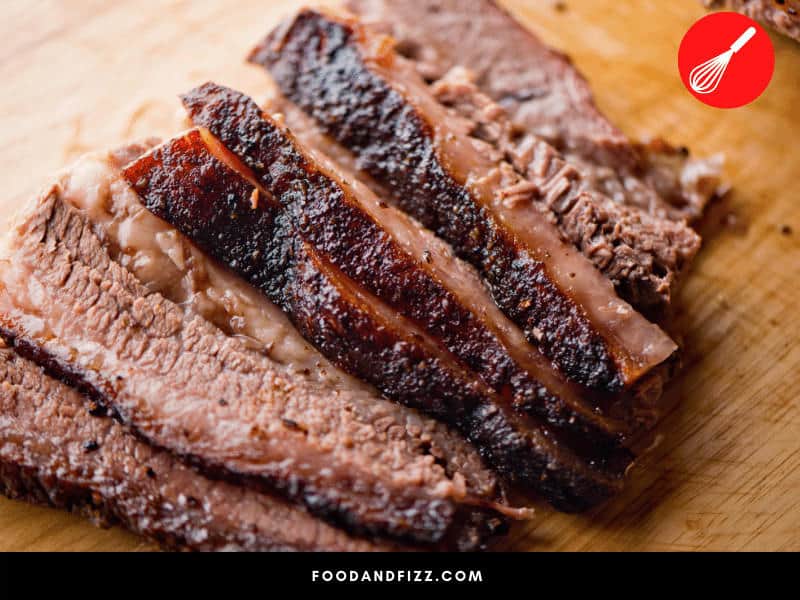
What Is the Difference Between American Beef and Mexican Beef?
The taste of both Mexican and American beef is good, but they differ from each other. They both have different textures and tastes. They also differ in the types of cut, as Mexican beef is made using one cut of meat, mostly skirt steak, which is 1 inch thick, and American beef is made from specific cuts of meat.
Mexican beef is leaner and has lower fat content compared to American beef. Mexican beef retains its flavor because it is not processed very much. And you are supposed to cook Mexican beef on a low flame to retain its moisture content.
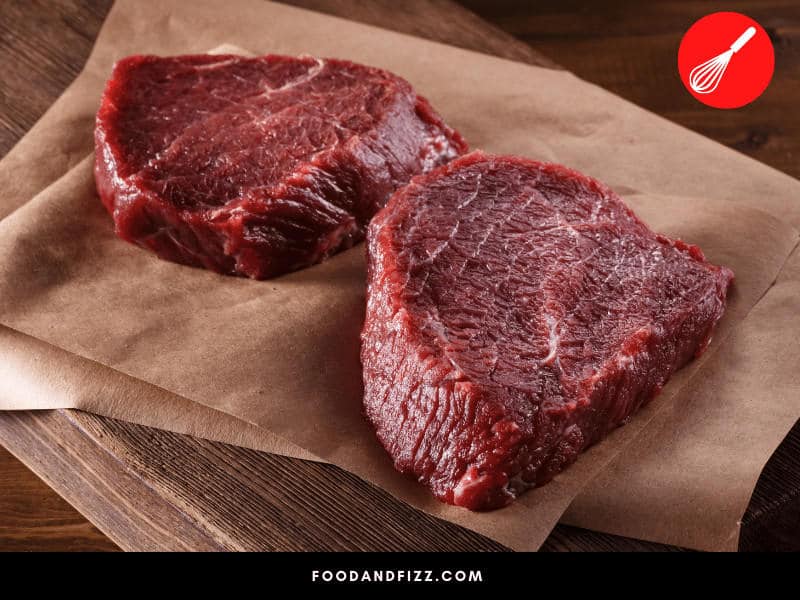
What Is the Similarity Between Mexican Beef and American Beef?
Both Mexican beef and American beef are rich sources of nutrients and vitamins like iron, iodine, zinc, and vitamin B12. And they both have great taste.
What Type of Beef Is Healthiest to Eat?
The following types of beef are healthy to eat.
Sirloin tip side steak contains around 1.6 g of saturated fat and 4.1 g of total fat. The eye of the round contains 1.4 g of saturated fat and 4 g of total fat. Thirdly, top round roast and steak contains 1.6 g of saturated fat and 4.6 g of total fat. Lastly, the bottom round roast and steak is also a healthy choice as it has 1.7 g of saturated fat and 4.9 g of total fat.
Sustainability of Beef
A balance between social regulations, environmental standards, and economic viability is important to be maintained for true sustainability. These sustainability standards are essential in order to produce beef while keeping the safety of people, the planet, animals, and the future in mind.
Social
For beef production, social regulations include the safety of workers, antibiotic and technology usage, traditions and culture of people working in the production of beef, and the welfare of animals.
Environmental
This pillar is responsible for protecting and enhancing natural resources and protecting ecological health. It works on taking care of the biodiversity, soil, and habitat and keeps track of the availability of water.
Economic
It works on providing support to the economy by improving the rural economy, the affordability of beef for consumers, increasing the profit of beef producers, and improving the value of the services to the ecosystem.

Frequently Asked Questions on Is Mexican Beef Safe?
Is Mexican meat USDA approved?
Yes, it exports meat products from animals slaughtered under the supervision of Federal inspection.
How Is the Beef in Mexican Restaurants So Finely Ground?
Firstly, they boil the beef, they gradually increase the temperature of the beef, and cook it in a way to prevent it from clumping. This process is also useful for making the food savory, creamy, tendered, and fresh.
What is the Name of Mexican Red Meat?
The name of Mexican red meat is Carne Asada. The term is Carne Asada is known as grilled meat. It is used to make beef steaks, burritos, tacos, etc. It is more flavorful and spicier as it is made from a one-inch-thick steak seasoned with lime and herbs and then it is further cut into thin strips.

